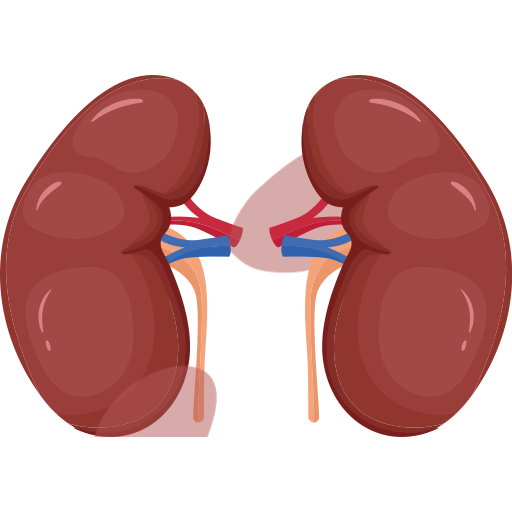Heart Bypass Surgery (CABG)
Heart Bypass Surgery (CABG)
Heart Bypass Surgery, also known as Coronary Artery Bypass Grafting (CABG), is a procedure that improves blood flow to the heart. It is typically performed when the coronary arteries are blocked or narrowed due to plaque buildup, a condition known as coronary artery disease (CAD).

Key Aspects of Heart Bypass Surgery:
- Purpose: To restore blood flow to the heart muscle by bypassing blocked arteries.
- Procedure: Healthy blood vessels from other parts of the body (such as the leg, chest, or arm) are used to create a bypass around the blocked arteries.
- Common Indications:
- Severe coronary artery disease
- Angina (chest pain) that does not respond to other treatments
- High risk of heart attack due to poor blood flow
- Benefits:
- Relief from chest pain (angina)
- Reduced risk of heart attack
- Improved heart function and quality of life
- Recovery: Involves a hospital stay followed by rehabilitation to regain strength and support heart health.
Why CABG is Recommended:
CABG is often recommended when lifestyle changes, medications, or angioplasty (a less invasive procedure) are not sufficient to treat the coronary artery disease.